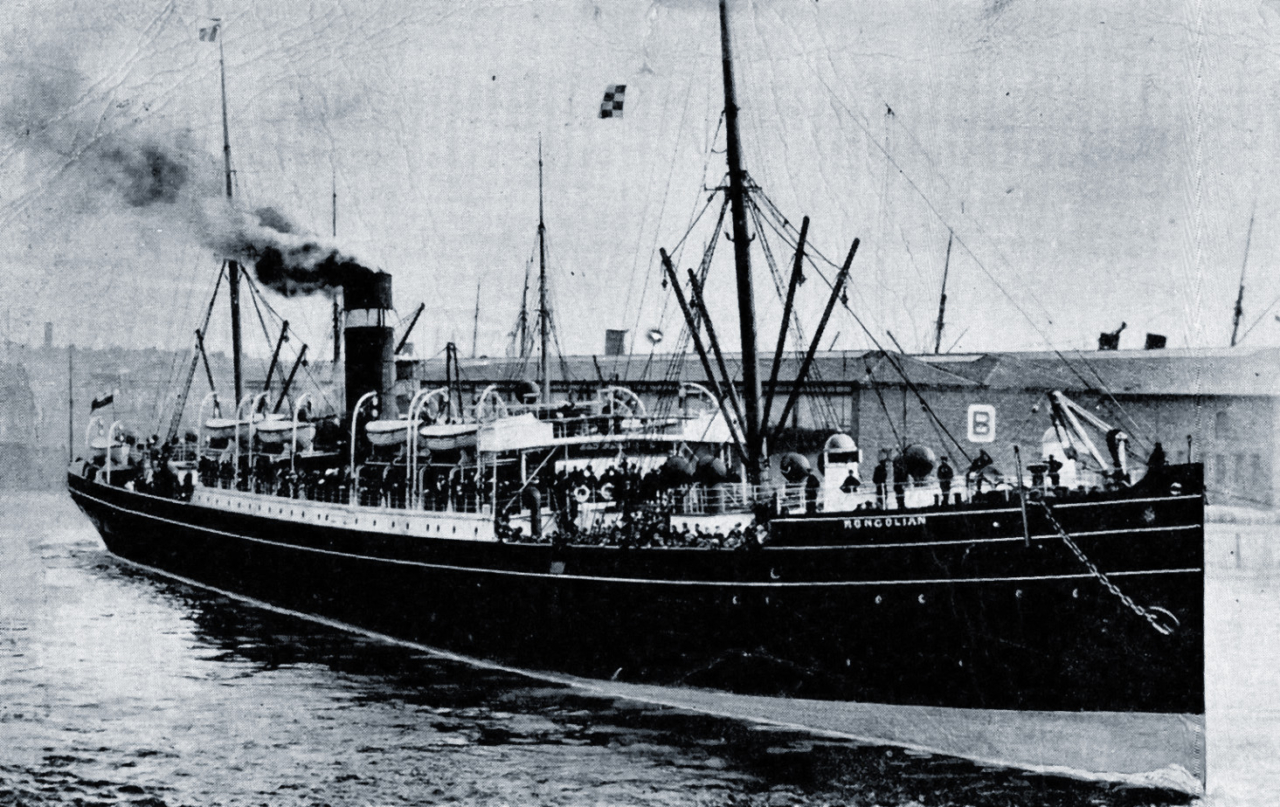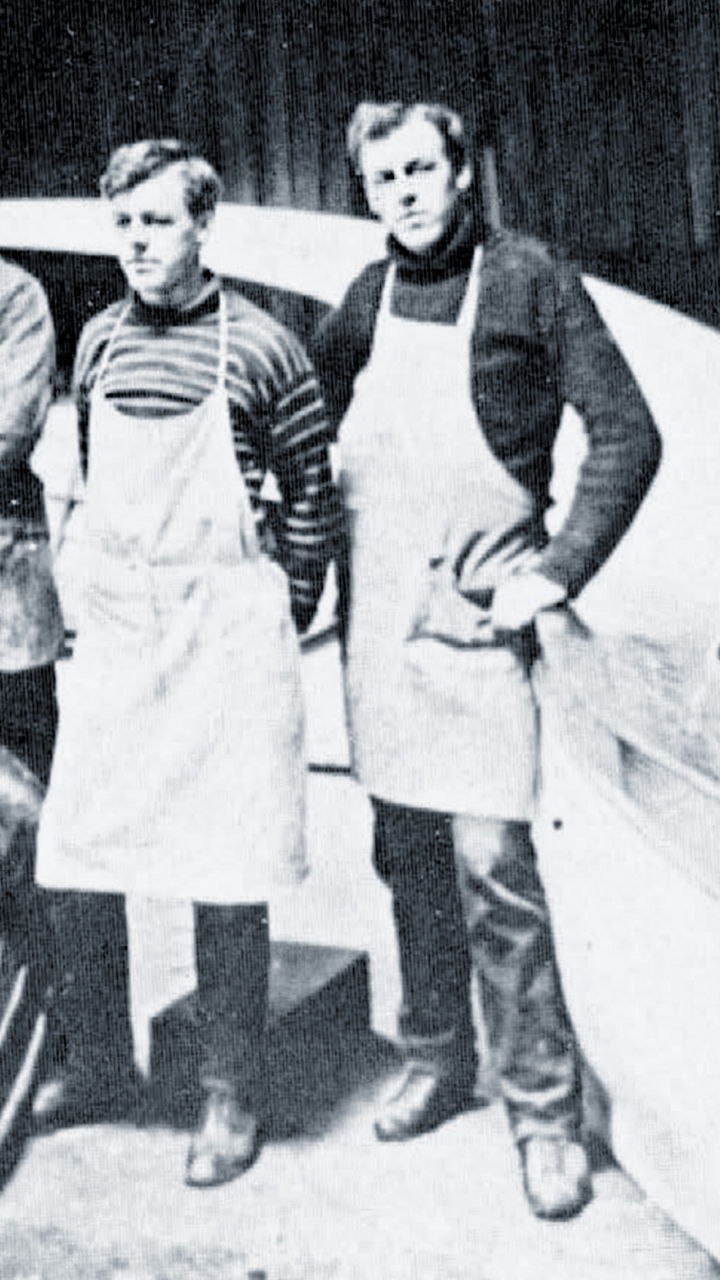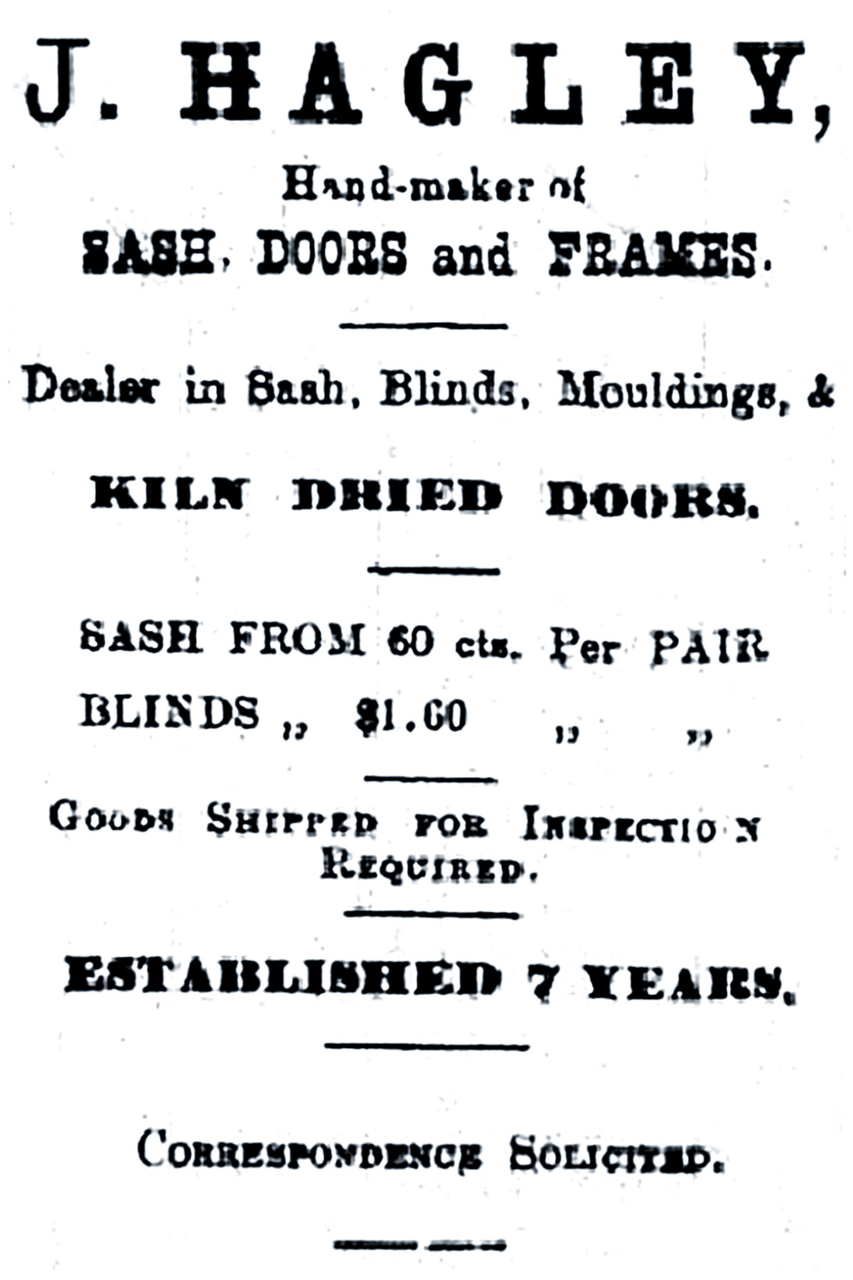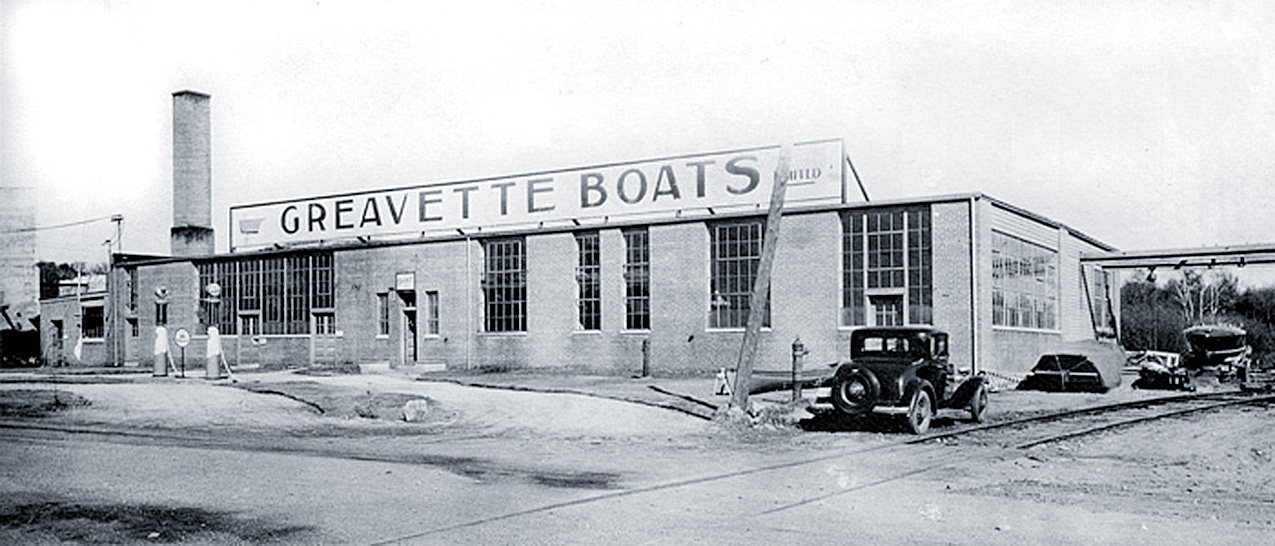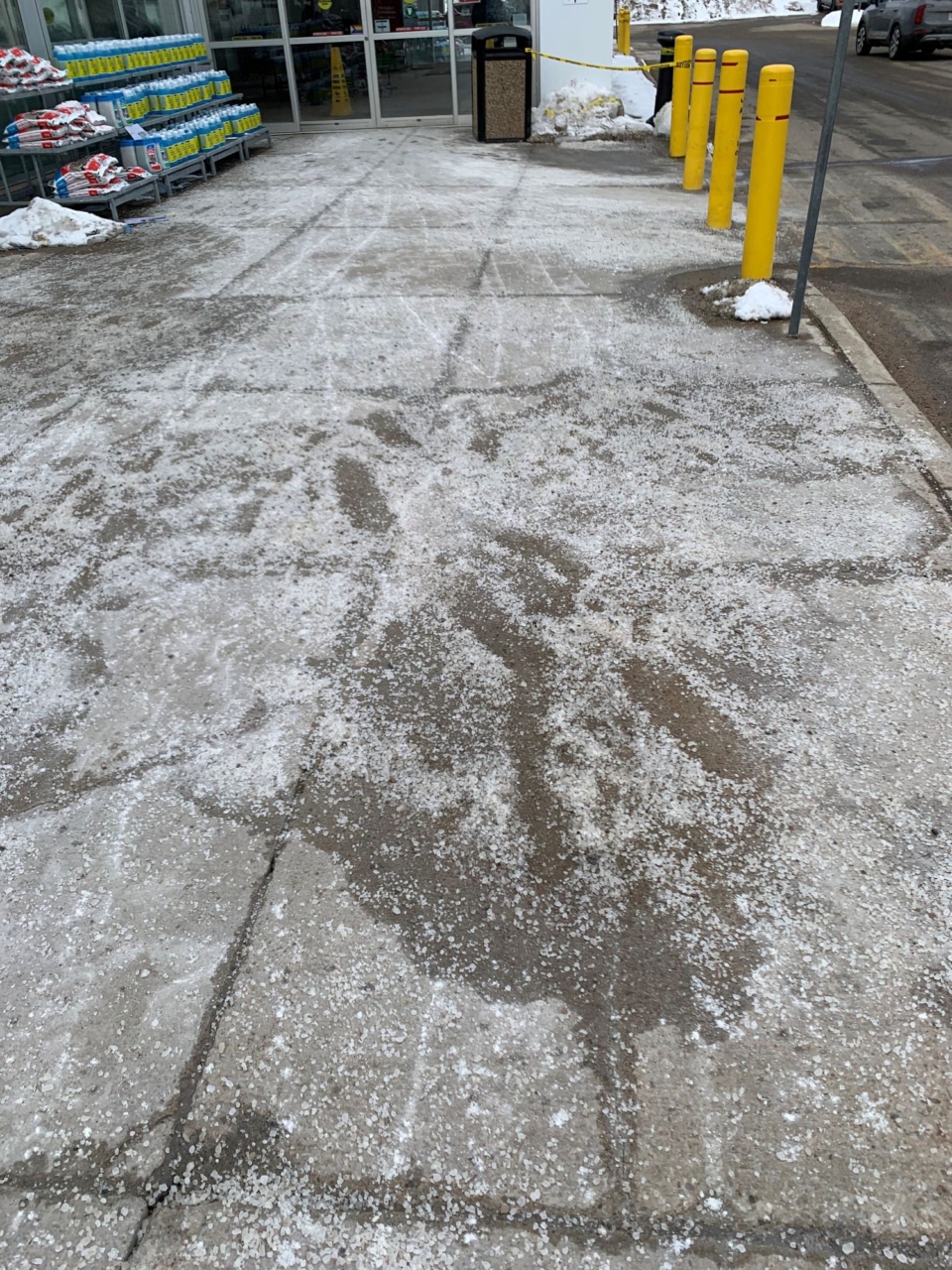Memo from Muskoka, April 29, 2025
To Canadian Friends & Fellow Muskokans
From J. Patrick Boyer
www.patrickboyer.com
On Re-entering Macdonald Park
Seldom have so many people in far-flung places around the world festered in consternation and alarm over one man creating such unbounded turmoil, giving the sensation of being inside world history as it is made, certainly the sense infusing yesterday’s election and 36-day campaign which Prime Minster Mark Carney called “pivotal in Canadian history.”
A century ago, an American president’s plan for making the United States prosperous was to beggar the country’s neighbours by imposing high tariffs on imports. The high wall protecting Americans from Canadian lumber shut down logging operations in Muskoka and silenced our district’s sawmills. The tariffs on automobiles led the car companies in Ontario, from Windsor and Oshawa north to Orillia, into business partnerships with counterpart makers of U.S. vehicles and tires in Michigan and Ohio to confound U.S. tariffs while giving the Americans a side door into the British Empire’s global market with Imperial Trade Preferences for “made in Canada” motor vehicles.
It is impossible to know where and how the current president’s reenactment of that tariff war will end because he has a foot on the gas and a foot on the brake as he drives America in circles, spiraling toward a modern notion of greatness in a postmodern world. Every component of Canada’s economy and each individual in our country is experiencing the knock-on effects.
The positive thing about the economic, political, social, and cultural impacts of the president’s economic warfare is that he woke up Canadians to the reality that a century of amiable partnership as an unofficial component of the USA put our destiny in the hands of others, that our claim of sovereignty came to resemble pushing an empty wheelbarrow.
More than once the U.S. tried militarily to annex the territory to its north, believing it an obvious fate, a “manifest destiny,” that the entire continent should fly the Stars-and-Stripes. After all, vast tracts of the continent had been joined to the United States by conquest or purchase. But after Canadians rejected a trade treaty with the U.S. in a 1911 referendum-like general election, and the U.S. Senate chilled it, American policy shifted from military means or negotiated treaty to gradual economic and cultural absorption instead. Throughout the 20th century this created a national twilight zone as Canada, without statehood, became an increasingly integrated part of the Union.
In the 1950s, America’s non-combative military expansion north was made possible by the Cold War as the U.S. and U.S.S.R. threatened each other’s destruction with atomic bombs. Prior to intercontinental ballistic missiles, which the two superpowers deployed in 1959 and 1960, respectively, American strategists saw Canada with its Arctic region and Greenland’s north as ideal buffer zones in which to destroy Soviet bombers coming over the top of the world to turn the great cities of America into Hiroshimas and Nagasakis.
To foreclose that fate, the mission was to make Canada, rather than “the lower 48,” the battleground. The U.S. military received authorization to construct a Distant Early Warning line of detection stations across the Canadian Arctic, extending the DEW line to Greenland with radar stations at U.S. military bases there. This created a wide network to detect airborne threats which U.S. fighter jets and missiles could intercept.
In addition to the DEW line, a 1958 military pact the USA made with Canada established joint defensive operations that required shared sovereignty under a bi-national command to centralize air defense against Soviet attack. This significant step in military collaboration under the North American Air Defence Treaty gave Americans shared use of Canada’s northern airspace, with NORAD’s operational headquarters in the U.S. secured deep in a Colorado Cheyenne Mountain complex.
In this context, Canadian Avro developed the advanced Arrow fighter aircraft with Canadian government support. American defence contractors foreclosed any orders for the unique warplane, and its specific design and purpose left the USSR as the only potential buyer, one of the few bizarre possibilities during the Cold War that did not materialize. Canadian engineers who lost their jobs when the Arrow was scrapped went south to help Americans plant their flag on the moon.
In the 1960s, a sectoral free-trade treaty for motor vehicles manufactured in Canada and the U.S. formalized the integrated industry practices that had matured since the 1920s, erasing the border for those making and selling cars and trucks. In 1988, Canada and the U.S., ready to extend free trade to most all economic sectors, saw another Canadian general election fought like a referendum on the issue, resulting in a treaty to benefit both countries by increasingly integrating them.
Living next to the world’s largest and most lucrative market and becoming intricately interwoven with the United States through families, jobs, studies, homes, vacations, and commercial dealings, while depending increasingly on the American defence budget to provide the military security that other countries had to pay for themselves, shaped what comfortably mesmerized Canadians wanted, and what we became.
Most of us were incrementally lulled into operating as part of the USA. Border cities celebrated July 1 and July 4 national holidays as a single long-weekend. Hockey, baseball, lacrosse, basketball, and other teams played in the same leagues. Movies and magazines, television programs and music concerts, entertainment parks and rodeos engaged similar audiences on both sides of a vanishing border. Canadians proudly boasted having “the longest undefended border in the world.” It was not only longest, but deepest.
The current president, during a prior term in office, declared the North American Free Trade Treaty “the worst ever negotiated” and forced negotiation of a new one, with Mexico included, that he signed and trumpeted to be “the best treaty ever negotiated.” Now resurrected as a second-term president, he decries the treaty he negotiated and personally signed as “the worst ever.” In this wonky echo chamber, the twilight zone has come to displays its’ surrealistic nature.
However, at the very same time, he applies an override by reverting to a trade war which in its commercial and economic context makes no sense to most folks, which is why Canadians shocked by his aggressive tariffs characterize the USA as “no longer reliable.” Daily presidential internet salvos dominate the news, peoples’ thinking, and responses. The otherworldly American president dominated Ontario’s February 27 election and Canada’s April 28 election this week by in-your-face foreign interference in Canadian democracy. Even as we voted on Monday, he again urged Canada to become his country’s 51st state.
He won’t drop this.
Pentagon wargame scenarios anticipating the world’s future as expansionist Russia increases its Arctic military prowess and as precious resources become accessible with the polar remnants of the most recent ice age finalizing their withdrawal and leaving the Arctic Ocean navigable, means it’s Cold War Time in the north again. The commander-in-chief of U.S. military force openly pushes to take over “strategic” Greenland and Canada.
As the bottom fell out of Canada-U.S. relations, we became free to re-enter Macdonald’s Park, a version of Canada described by poet Tom Marshall in the 1960s. “Macdonald’s Park is, of course, Canada and the Canada that is to be,” said Tom. Like earlier Canadian poets in whose works he immersed himself, and others crafting contemporary poetry about the nature of Canada as “a harsh and lovely land,” Marshall felt himself a participant “in the ongoing process of discovery and creation of self and country.”
That spirit of remaking both self and country freshly infuses Canadians who sense we can create an actual country for the first time, a real “true north strong and free” where we each find authentic, not cutout, lives, as Canada’s first prime minister John Macdonald envisaged and strove to create.
The election of our 45th Parliament concerned the future possibilities for Canadian nationhood that echoed Macdonald’s vision, including that of a nation, as he wrote in drafting the Constitution, where trade between its provinces would be free. Our country now has representatives of different parties in the Commons, each individually elected with a collective visceral mandate to translate that dream into reality.
In Centennial Year, Gordon Lightfoot wrote and sang a peoples’ national anthem to this courageous and visionary imperative. His Canadian Railroad Trilogy tells of the human challenges and triumphs building a transcontinental railway to link Macdonald Park as one. The singer is gone, but his anthem and the northern nation live on.
We can understand more about our modern world by looking at the historical events that helped shape it. To better understand modern Muskoka, be sure to visit Evolving Muskoka: Life on the Edge of the Shield, a permanent exhibit at the Muskoka Discovery Centre that explores the past 250 years of local history.
To read more of Patrick Boyer’s works, visit www.patrickboyer.com

